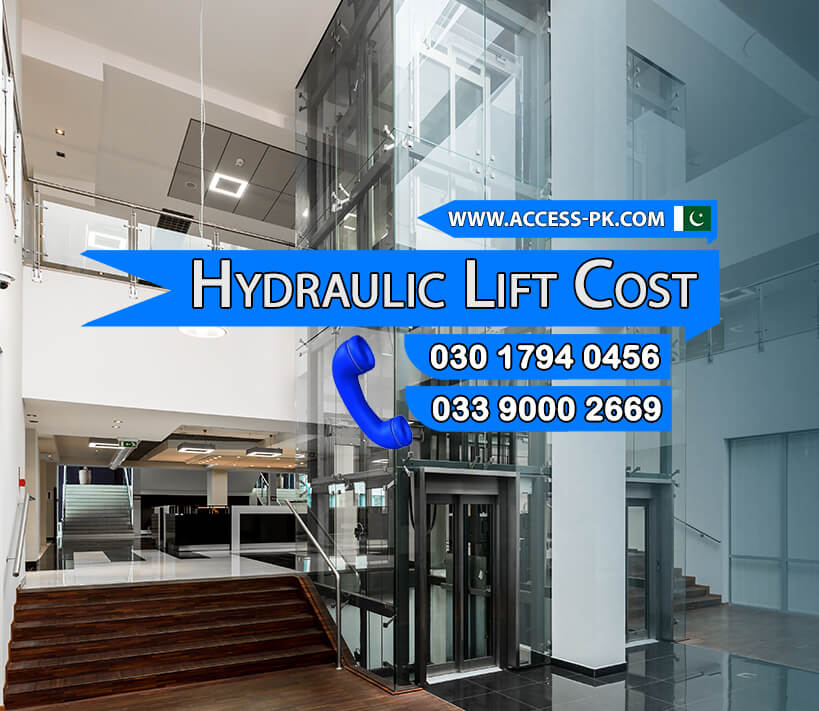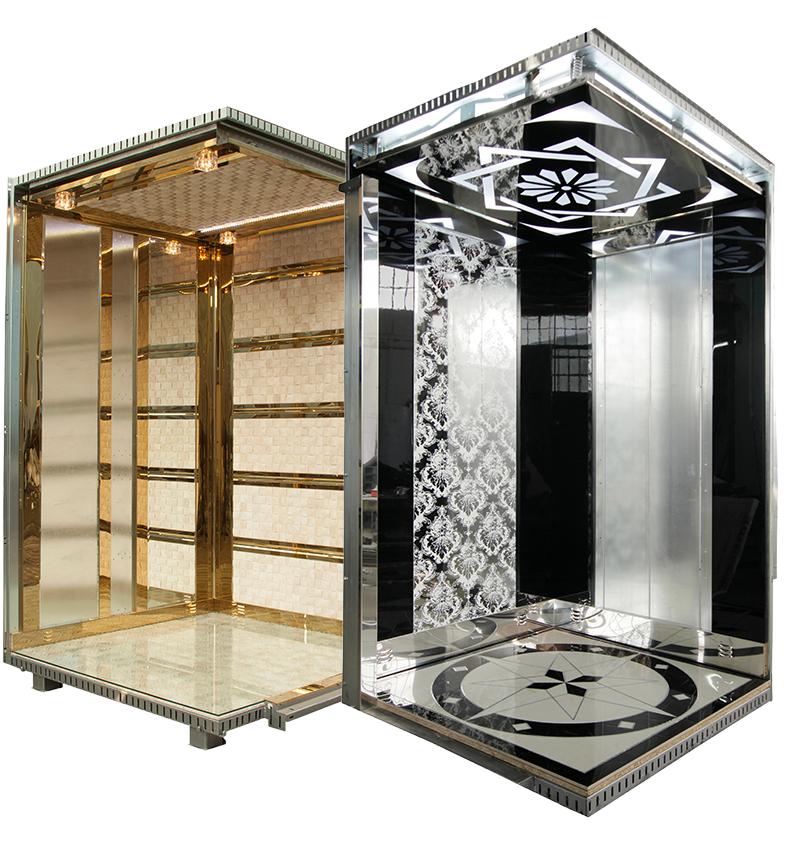Hydraulic lift in a house typically ranges from $15,000 to $50,000 or more, depending on various factors such as lift type, number of floors, customization, and structural modifications. Basic vertical platform lifts tend to be on the lower end of the spectrum, while fully enclosed passenger lifts or stylish options like capsule lifts can significantly raise the price. Other expenses may include building permits, electrical upgrades, and ongoing maintenance. Homes without pre-designed lift shafts may require construction changes, affecting cost. Despite the investment, many homeowners find that a hydraulic lift adds value, improves accessibility, and enhances convenience—particularly for multilevel homes or those with elderly family members. When planned correctly, a hydraulic lift can be a long-term mobility solution tailored to your space, design, and lifestyle needs.
Installing a hydraulic lift in a house is a practical investment for enhancing home accessibility, but the cost can vary widely based on several key factors. On average, homeowners can expect to pay between $20,000 and $40,000, which can increase with custom finishes, higher travel distances, or advanced features. The final price depends on the type of hydraulic lift—such as holed, holeless, or roped systems—as well as the size of the lift cabin, the number of stops, and any necessary structural changes. Additional costs like permits, electrical work, or safety features may apply. While the initial investment may seem high, the long-term benefits of convenience, mobility, and increased property value make it a worthwhile addition to modern multi-story homes.
Get Free QuotesUnderstanding the Cost of Installing a Domestic Hydraulic Lift
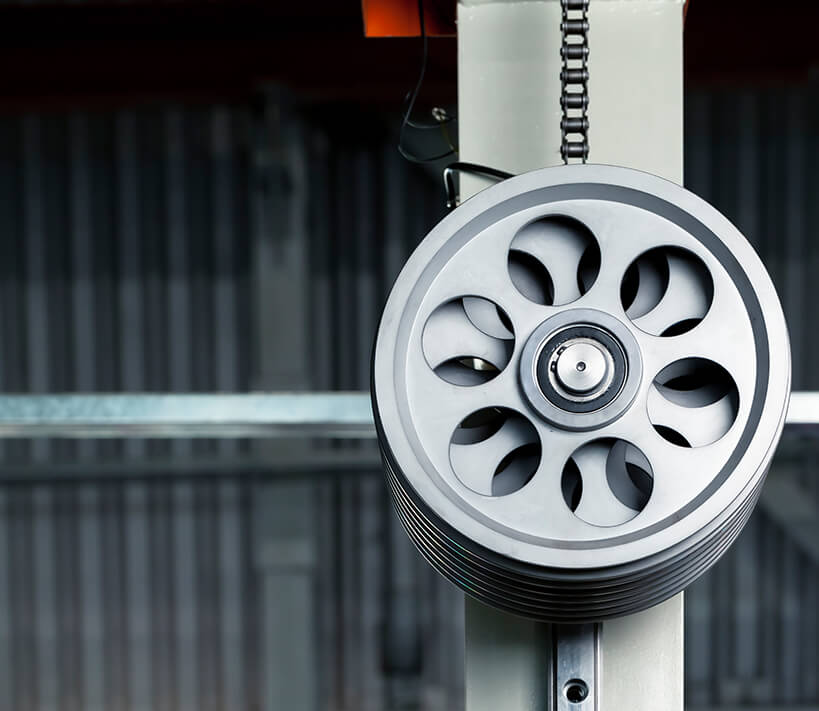
Installing a hydraulic lift in a house offers convenience, accessibility, and increased property value. However, the cost can vary depending on several factors, such as the type of lift, the structure of the home, and additional safety or aesthetic features. Homeowners must consider not just the unit’s price but also the cost of installation, permits, and ongoing maintenance. Domestic lifts are beneficial in multi-level homes where mobility is a concern. Recently, these lifts have become more compact and stylish, making them suitable for modern interiors. Whether it is a simple kitchen lift or a more robust system like a Hospital Bed Lift, the purpose and complexity of the lift system will affect total costs. Planning ensures the lift integrates seamlessly into your home and offers long-term comfort and functionality.
Lift Type and Size
The type and size of the hydraulic lift in a house play a crucial role in determining the total installation cost. Basic residential lifts for two floors are usually more affordable than multi-level systems. Larger lifts that accommodate wheelchairs or multiple passengers require more structural support. Some homeowners may opt for a sleek, compact passenger lift, while others might need a larger cargo lift for transporting goods or medical equipment. Size also influences the cabin design, door configurations, and pit or shaft depth, all of which add to the complexity and cost of the installation. It is essential to consult with lift professionals to choose a model that fits your home’s architecture and intended use. The right combination of type and size ensures safety, smooth operation, and long-term satisfaction with your lift investment.
Labor and Material Costs
Labor and materials are two of the most significant contributors to the cost of installing a hydraulic lift in a house. Professional installation typically includes excavation (if required), shaft construction, wiring, and mechanical assembly. Depending on your location and local labor rates, costs can vary significantly. Also, premium materials—such as stainless steel, tempered glass, and custom finishes—can increase the price. If you opt for a luxurious panoramic or capsule lift, expect material costs to be higher. Structural modifications may also be necessary in older homes, increasing labor intensity. Getting multiple quotes from experienced installers to compare pricing and service quality is recommended. Proper installation guarantees smooth operation and compliance with local safety standards and building codes. Always factor in labor and material costs as part of your total lift budget.
Power Supply Requirements
A reliable power supply is essential when installing a hydraulic lift in a house. Most domestic hydraulic lifts operate on single-phase or three-phase electricity, depending on capacity and load requirements. Older homes may need electrical upgrades to meet these demands, which can significantly reduce the cost. Working with a licensed electrician is important to ensure proper setup, grounding, and protection systems like circuit breakers. Some lifts also offer energy-efficient motors that reduce long-term operational costs. For homes that experience frequent power outages, installing a backup generator or battery system is strongly recommended. These upgrades ensure continuous operation and enhance safety. Also, incorporating energy-saving modes and automatic lighting can improve efficiency. Whether you are powering a glass washing lift or a standard residential model, understanding and planning for power requirements is key to a seamless and reliable installation process.
Emergency Backup Systems
When installing a hydraulic lift in a house, emergency preparedness is essential. Backup systems such as battery-powered descent, manual lowering mechanisms, or integrated UPS (uninterruptible power supply) units ensure the lift operates safely during power outages. These features add to the upfront cost but are crucial, mainly if the lift is used by elderly individuals or people with mobility impairments. A well-designed emergency system guarantees that users are never left stranded between floors. In higher-end models, you will also find automatic call systems that alert maintenance providers or emergency services. While a Hydraulic lift in a house is generally reliable, no system is immune to power failure or mechanical faults—making backups a wise investment. In addition to enhancing safety, some insurance providers offer discounts for lifts equipped with emergency features. Choosing a model with built-in support features brings peace of mind for you and your family.
Warranty and Service Plans
Securing a comprehensive warranty and service plan is vital when installing a hydraulic lift in a house. These lifts contain complex systems—hydraulic pumps, pistons, control units—that require periodic maintenance to function smoothly. A typical warranty covers mechanical components, electronics, and structural integrity for 1 to 5 years, depending on the manufacturer. Some providers also offer extended service contracts, which include routine inspections, oil changes, and part replacements. Investing in a long-term plan reduces the likelihood of unexpected breakdowns and ensures regulatory compliance. Service becomes even more critical in systems like Capsule LIfts, which feature advanced tech and finishes. Always review what is included in the warranty—labor, parts, emergency repairs—and whether on-site service is guaranteed. A well-supported lift ensures safety, minimizes downtime and extends the life of the equipment. For any hydraulic lift in a house, reliable after-sales support is just as important as the installation itself.
Get Free QuotesTypes of Hydraulic Lift
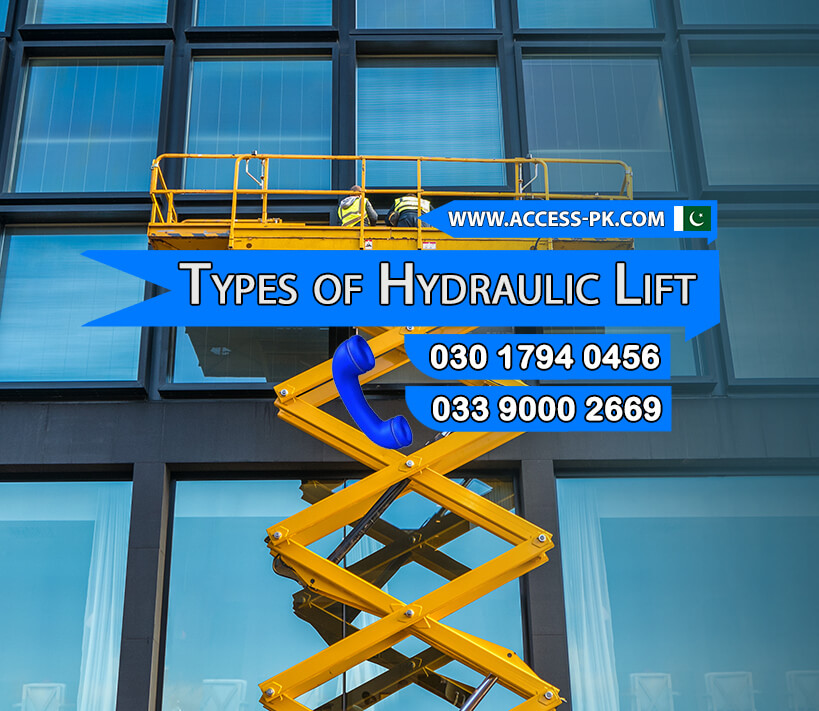
A house has several types of hydraulic lifts, each designed for specific structural needs and user preferences. The most common include holed, holeless, roped, and vertical platform lifts. A holed hydraulic lift requires a bottomless pit for the piston and is best for long travel distances. Holeless hydraulic lifts, however, do not require excavation, making them ideal for retrofits. Roped hydraulic lifts combine ropes and hydraulics for extended travel in tighter spaces. Vertical platform lifts (VPLs) are compact and perfect for wheelchair access, often used in homes with limited space. Choosing the right type involves considering the layout of your home, required travel height, and usage needs. Whether you are installing a hydraulic lift in a house for accessibility or convenience, understanding these options helps ensure a proper fit for your lifestyle and budget.
Holed Hydraulic Lift
A holed hydraulic lift uses a piston that travels inside a deep underground cylinder, making it ideal for higher travel distances. It is commonly used in multi-story buildings and offers smooth, quiet operation and high load capacity. However, installation requires deep excavation, which increases cost and complexity. It is best suited for new constructions where digging a pit is feasible and long vertical travel is needed.
Purpose: Best suited for buildings with more than two floors or where an extended travel height is needed.
Cost: Higher due to the need for deep excavation and precise installation—often more than other types.
Features: Offers smooth travel and high weight capacity. It is commonly used for hospital bed lift applications or larger loads. This type of hydraulic lift in a house is less common due to the intensive construction work required, but it provides excellent performance and a stable ride. It is ideal for new constructions or homes with room for a pit. The lift operates quietly and can handle frequent usage, making it a solid choice for multi-story family homes where space below ground is not an issue.
Holeless Hydraulic Lift
The holeless hydraulic lift is perfect for homes where deep excavation is impossible. It uses telescopic pistons mounted on the sides of the shaft, eliminating the need for a pit. This makes it ideal for retrofits or buildings with underground restrictions. Though slightly limited in travel height, it is a popular choice for residential installations due to its simpler construction and lower cost than holed systems.
Purpose: Perfect for residential settings where digging is limited or impossible.
Cost: Lower than holed systems, with simpler installation requirements and fewer structural modifications.
Features: Uses side-mounted cylinders and is easier to maintain. It is wise for homeowners to install a hydraulic lift in a house without extensive renovations. These lifts are popular in retrofit projects, especially in urban homes with limited space. Their compact footprint and quiet operation make them ideal for private residences. They are also compatible with interior design features, offering cabin finishes and door flexibility. If your home has space constraints or you want to avoid foundation work, this type offers a cost-effective and efficient solution.
Roped Hydraulic Lift
Roped hydraulic lifts combine hydraulic power with ropes and pulleys, allowing extended vertical travel without deep pits. This setup is well-suited for buildings with limited shaft space but multiple floors. It provides smooth and reliable operation with moderate installation costs. Roped systems are often used in residential applications where space efficiency and performance are required.
Purpose: Designed for buildings requiring more vertical travel but cannot accommodate a deep piston cylinder.
Cost: Mid-range—more expensive than holeless systems but cheaper than drilling a full-holed shaft.
Features: These lifts offer a smooth ride, require less excavation, and are easier to install in many homes. When considering a hydraulic lift in a house, roped models are often chosen for their balance of space efficiency and performance. They work well in tight spaces and can still offer a whole cabin experience with stylish interiors. While they require occasional cable checks and adjustments, they are otherwise low-maintenance and durable. A roped lift is an ideal solution for multi-story homes where a traditional holed lift is not viable but requires higher travel.
Vertical Platform Lift (VPL)
A Vertical Platform Lift (VPL) is a compact, cost-effective lift designed primarily for wheelchair users and short vertical Travel typically one to two levels. It requires minimal construction, making it ideal for indoor or outdoor residential use. While it does not offer the aesthetics of a full elevator, its accessibility, and ease of installation make it a practical solution for improving mobility within homes or small buildings.
Purpose: Ideal for wheelchair users or anyone needing vertical travel over short heights.
Cost: Lowest among hydraulic options, making it perfect for budget-conscious homeowners.
Features: Easy installation, minimal structural changes, and user-friendly operation. These lifts are commonly installed next to staircases or small shafts. A hydraulic lift in a house of this type can usually be installed within days and does not require a pit or machine room. While they are not suited for high-speed or multi-level travel, they serve their purpose well in enhancing home accessibility. VPLs are preferred when modifying homes for aging in place or ADA compliance. They are also a good alternative to stairlifts, offering more independence and ease of movement.
Cost Comparison: Hydraulic vs. Other Home Lift Types
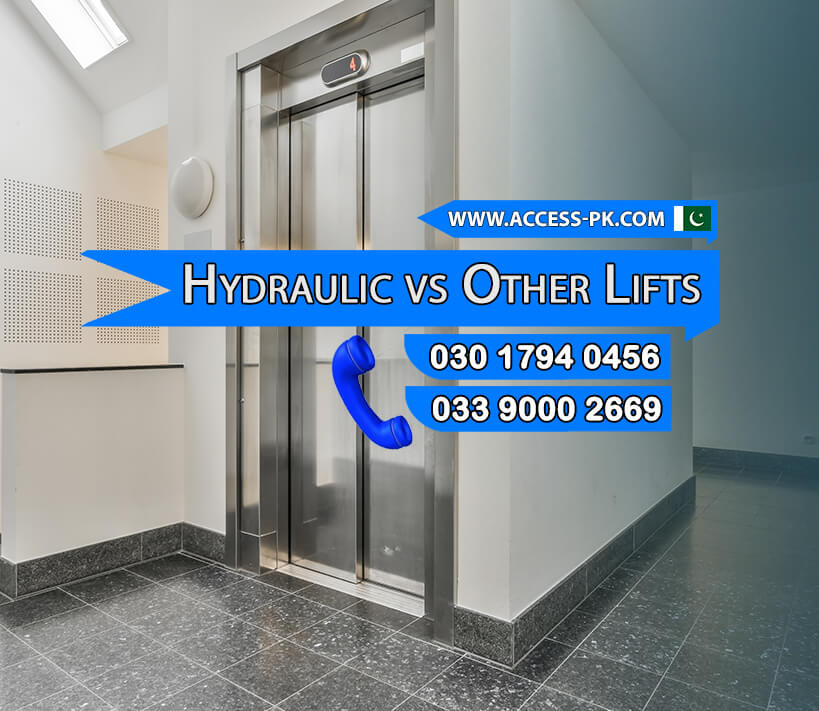
Comparing the cost of a hydraulic lift in a house to other lift types helps homeowners make informed decisions. Hydraulic lifts are typically more affordable upfront than traction or pneumatic vacuum lifts, often requiring more complex components and installation. While machine-room-less lifts offer sleek aesthetics, they also come with higher price tags and maintenance needs. In contrast, hydraulic systems are more straightforward to repair. Whether looking at a passenger lift for daily use or a cargo lift for transporting goods, the hydraulic option is often the most cost-effective. Another advantage is the lower cost of customization, especially for finishes, control panels, and door types. While energy consumption may be higher in some models, newer hydraulic lifts come with eco-friendly features. When balancing performance and price, hydraulic lifts present a reliable and economical solution for residential applications.
Initial Installation Costs
Initial installation costs for a hydraulic lift in a house can range from moderate to high depending on the model, location, and structural modifications needed. A basic vertical lift might cost less, but more advanced models—such as those with glass enclosures or integrated design features—require extensive planning and labor. Excavation for holed lifts or reinforcement for load-bearing walls can drive up expenses. Installers typically charge separately for electrical work, permits, and shaft construction. For example, a Panoramic Lift with a glass exterior can significantly increase material and labor costs. Custom finishes and automation options like innovative control systems will also increase the base price. Getting a detailed estimate from your provider is crucial, covering visible and hidden costs. Choosing the correct type of hydraulic lift in a house upfront can help minimize expensive changes later in the project.
Long-Term Maintenance Expenses
Maintenance is a key consideration when installing a hydraulic lift in a house. These lifts generally require regular inspections, fluid level checks, and occasional part replacements such as seals or hydraulic cylinders. While routine maintenance is inexpensive, skipping it can lead to costly breakdowns. Some models come with built-in diagnostic systems to alert users of any issues. Service contracts, often provided by the installer, can range from annual basic checkups to more comprehensive monthly plans. Lifts used frequently or those handling heavy loads, like a glass washing lift, may require more frequent attention. Fortunately, hydraulic systems are typically easier to service than gear-driven or vacuum-based lifts and replacement parts are readily available. Ensuring consistent maintenance not only extends the lifespan of your lift but also ensures continued safety and compliance with residential lift standards.
Durability and Lifespan Comparison
When comparing the durability of a hydraulic lift in a house to other home lift types, hydraulic systems perform well over the long term. With proper care, they can last 20 to 25 years. Their simpler mechanical structure—fewer moving parts than traction or pneumatic lifts—makes them more resilient in residential use. Traction lifts may offer slightly longer life due to advanced components but often require higher maintenance. The hydraulic system’s resilience is especially useful in homes with regular usage or special needs, such as using a hospital bed lift daily. The environment also plays a role: indoor lifts fare better than outdoor models, which may need weather protection. A hydraulic lift, primarily when serviced regularly, provides a durable and dependable transport solution that adapts well to different household needs and living conditions.
Get Free QuotesIs a Hydraulic Lift the Right Choice for Your Home?
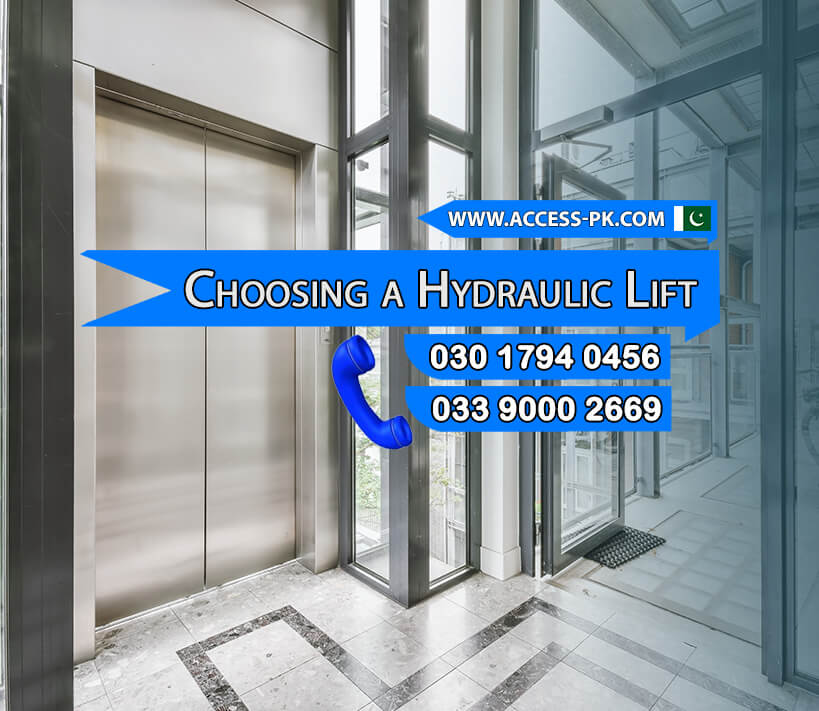
Deciding whether a hydraulic lift in a house fits your needs depends on your home’s layout, budget, and lifestyle. These lifts work well for families with elderly members or individuals facing mobility challenges. They operate quietly and smoothly; you can install them in new and existing homes. While hydraulic lifts need space for a pump and control cabinet, their simpler design balances that requirement. Many homeowners choose them for their affordability and easy maintenance. You can even integrate a Kitchen Lift without making major structural changes. Consider why you need the lift—whether for convenience, accessibility, or luxury—and explore alternatives if your home lacks space. In most situations, hydraulic lifts provide a cost-effective, reliable, and user-friendly way to improve residential vertical mobility.
Weighing the Benefits and Drawbacks
Installing a hydraulic lift in a house offers several benefits, including ease of installation, lower initial costs, and a smooth, quiet ride. You can customize these systems to match your home’s interior, combining functionality with style. However, they also present a few drawbacks. Hydraulic lifts usually operate slower than traction lifts and require space for the hydraulic unit, which may not fit every home. They use oil-based fluid systems, so you must check regularly for leaks or pressure issues. Hydraulic lifts add significant value, especially in two-to-three-floor homes, despite these considerations. Consider space, noise, and long-term reliability when comparing lift systems—whether you want a sleek capsule lift or a basic platform lift. For many homeowners, safety, convenience, and affordability benefits make hydraulic lifts the preferred choice in home vertical transport.
Alternative Lift Options & Safety Features
While a hydraulic lift in a house is often the most practical choice, other lift types are worth exploring. Pneumatic lifts offer a futuristic look and take up less space but can be expensive. Traction lifts are more energy-efficient but need structural accommodations like counterweights and machine rooms. Regardless of the type, safety is paramount. Modern lifts include emergency brakes, door interlocks, anti-slip flooring, and overload sensors. Safety becomes even more crucial when installing lifts for children or the elderly. If you are exploring advanced options like a capsule lift, ensure it includes automatic shutdowns and alarm systems. Simpler safety systems may suffice for basic use, like a cargo lift in a kitchen or storage area. Consulting with a certified installer will help match your lift’s safety features to your home and user requirements.
Get Free QuotesConclusion
Imran Rafi stands out as a leading expert in vertical transportation, known for his deep knowledge of residential and commercial lift systems. With over 15 years of hands-on experience, he designs and implements custom lift solutions for various environments. He prioritizes safety, sustainability, and customer satisfaction in every project. Imran has made hydraulic lifts in houses more accessible and affordable, earning recognition from both homeowners and architects. He focuses on modernizing home mobility while preserving aesthetic appeal and structural soundness.
Access Technologies leads the industry in innovative lift systems and specializes in hydraulic lift-in-a-house installations. The company offers various solutions, including residential lifts, cargo lifts, passenger lifts, capsule lifts, and custom systems like glass washing lifts and kitchen lifts. They focus on safety-first engineering, provide tailored service, and build with high-quality components that meet global standards. Access Technologies redefines home accessibility by continuously advancing design and functionality in vertical mobility solutions.


